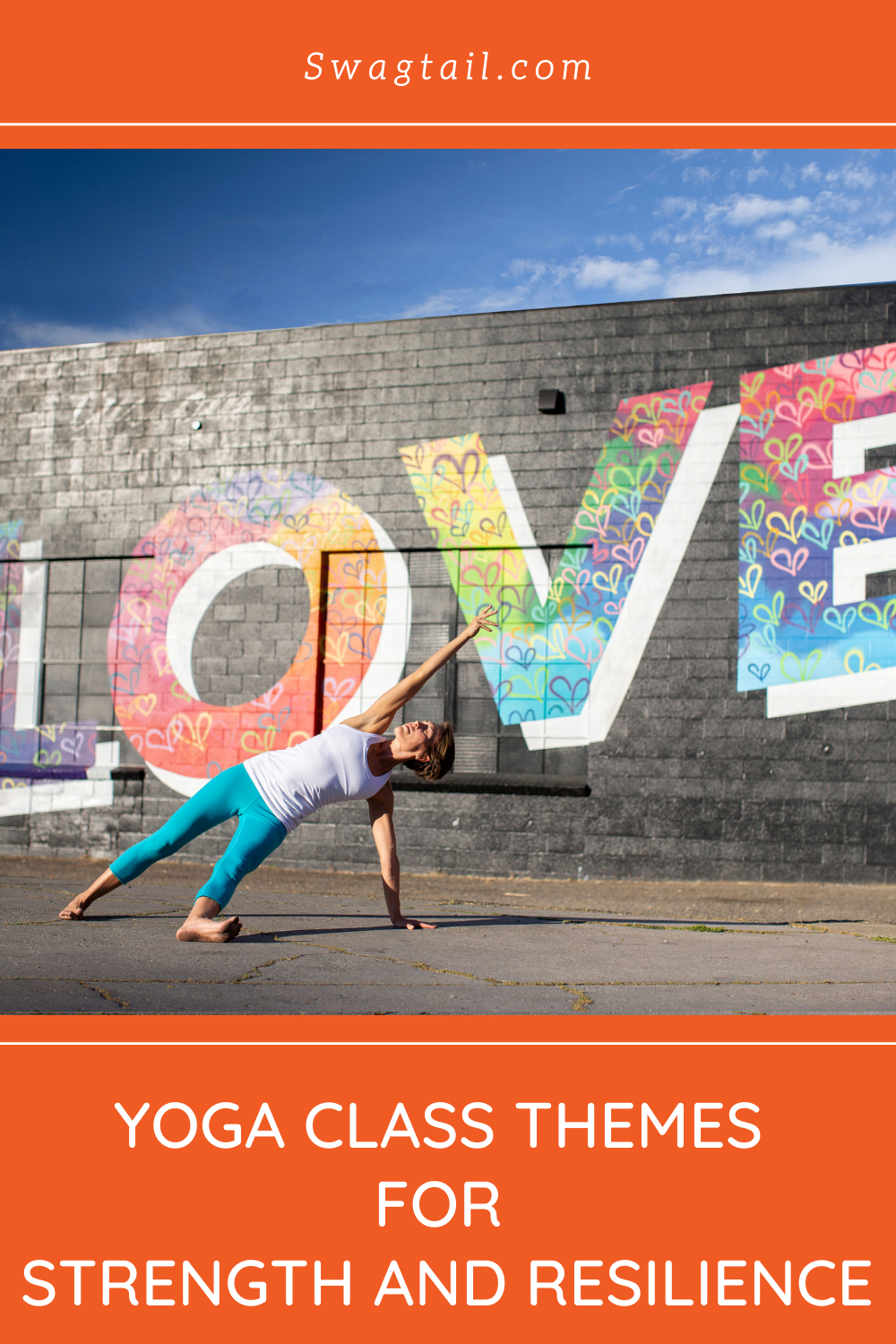 I just finished the book, Rising Strong, by Brene Brown this week. It seemed an appropriate read in these uncertain times, especially as she talked about honesty and courage — curiosity and dedication. In fact, many of her ideas go hand-in-hand with yoga philosophy. Said another way, there are lots of insights I had when reading this book that you can use to inspire your students on the mat. The yoga class themes for strength and resilience are the nuggets you’ll find in this article below.
I just finished the book, Rising Strong, by Brene Brown this week. It seemed an appropriate read in these uncertain times, especially as she talked about honesty and courage — curiosity and dedication. In fact, many of her ideas go hand-in-hand with yoga philosophy. Said another way, there are lots of insights I had when reading this book that you can use to inspire your students on the mat. The yoga class themes for strength and resilience are the nuggets you’ll find in this article below.
However, they’ve fallen victim to the “endpoint fallacy.”
Not sure what that is?
Well, the endpoint fallacy is a mindset that once you reach a certain point (often an ending or certain result), you’ll be better off.
For example, you might find yourself thinking:
- “Once I finish my 300-hour YTT certification, I’ll be a more qualified teacher.”
- “When I have ten more 10 clients, all of my financial problems will be solved.”
- “If I only had more money in my marketing budget, I know I’d have a waitlist on all of my classes!”
The formula is simple: You perceive an endpoint in the future will somehow make your life perfect.
You’re not alone if you find yourself buying into this false ideology. I often have to call myself out on it in real time. There are always challenges and there will constantly be unknowns in your future. Ignoring this will only cause more stress down the road.
That’s why it’s a far more effective strategy to bolster your ability to remain strong and courageous under any circumstances. Yoga is a practice that builds this strength and resilience. And these yoga themes below will keep you focused on the process, not the outcome, as you move through your life journey.
Photo Credit: Diane Nicole Photography
STRENGTH AND RESILIENCE DEFINED
Just so we’re on the same page, I want to define both strength and resilience.
When you’re strong, you have a “greater capacity for exertion or endurance.” In yoga, this looks like your ability to stay in plank pose for one minute, balance on one foot, or hold yourself in an inverted posture. Strength can also indicate a high level of concentration or focus. One way to do this is through repeated breathing exercises. Another is meditation.
Resilience is defined as “an ability to recover from, or adjust easily, to misfortune or change.” Since life is constantly changing, your ability to bounce back is important. Knowing yourself — such as your personality and your natural gifts — makes this easier. Staying connected to the inner compass of your heart is essential, too.
When you find yourself unsteady on your mat, and you fall, resilience is the attitude that invites you to try again.
Keep reading to see how each of the yoga themes below can bolster both of these attributes on the mat. And, you can use these themes over and over again to encourage your students in their practice as well.
THEME 1:
INCREASED AWARENESS STARTS WITH CURIOSITY
One of the main goals of a yoga practice is to increase your awareness. By taking each physical posture and focusing on the breath, you return to the present moment. You’re more alert. You have access to more information.
An attitude of curiosity helps you do this.
Curiosity is about asking questions, and it’s willingness to hear the answer. Curiosity is staying open-minded as you enter the world and explore your own growth. It’s also about seeing the world through new eyes.
The problem is that by the time you’re 35 years old, you’ve had enough life experience that you think you can predict what will happen in similar situations. You have solidified your beliefs about the world and can find it hard to break old habits. In essence, you prefer certainty about your world over curiosity.
Get curious on the yoga mat …
Be curious about the thoughts that arise in your mind during each pose. What emotions get sparked (such as anger or frustration, pride or confidence). Ask questions about why there might be differences or asymmetries in the body? And wonder how those imbalances might be serving you—or not—in your current life experience.
From this curiosity mindset, you become more awake. You’re more aware in your environment. You’re more in tune to your needs and those of others. This can bolster self-trust and increase harmony in your relationships, too. Notice how this takes shape as you enter the various aspects of your world today.
THEME 2: NOTICE THE STORIES YOU TELL YOURSELF
The brain is a remarkable intelligence that allows you to take the data from your environment, internalize it based on your existing knowledge set, and make decisions that will best serve you. Yet, there are many times you don’t get all of the facts during the day. And because you’re wired to understand your life experiences, your brain fills in those gaps to make sense of your world.
Basically, you formulate a story that will sustain a sense of familiarity for you. You’ll create a narrative that makes you feel safe.
You’ve probably heard the saying, “Forming assumptions makes an ass out of you and me.”
When your brain fills in those story gaps, you make assumptions. Instead of asking a friend what they meant by their text, you give their words tone and texture. Rather than doing research to gain more information, you make a quick decision based on a limited view. This means that the way you fill in those story gaps may or may not be true.
Tell a new story on the yoga mat …
While the ego is a beneficial part of your being that allows you to logically interpret the world, it can also be a control freak that’s scared of not having all of the answers. Here are ways you can ditch the old stories of the ego and tell a new one:
- Go slower. Instead of assuming you know the next posture in the sequence, linger in each pose and listen closely to what the teacher is saying. Said another way, turn off the autopilot system that wants to join you in practice and tap into a beginner’s mind once again.
- Check in with your mental chatter throughout class. The repetitive stories will inevitably arise as you stay present. Then you can decide if the story is true or not… and you can keep the ones that bolster more strength and resilience in your life.
- Ask questions about your practice, or ask yourself how you can approach a familiar pose in a new way. Close your eyes. Shift your gaze somewhere new. Get curious as to why your experience in each pose is the way it is today. Then, within the spaciousness of your breathing, listen for the answers.
- Listen for one new idea in class. I’ve practiced yoga for almost 20 years and I can always take away a nugget of wisdom from any class. This could be an inspirational idea based in yoga philosophy. Or, it might be a new transition into a common pose. Your ability to keep learning combats the tendency to make up a story that doesn’t serve you in the future.
A Side Note for Teachers
Saying you don’t know something can contradict your ego’s need to be in control. It’s also scary to admit that you don’t have all of the answers. Being confident in your value and worth even in the face of uncertainty requires strength. Taking action to find the answers and do your best involves resilience.
The reality is that admitting you don’t have all of the answers can actually be one of the most liberating ways to respond to your yoga clients. It can be a way to free you of the burden of being their sole resource for learning. And it can also be a way you encourage students to pursue their own exploration of the practice.
THEME 3:
MINDFULNESS AND FLOW ARE ON THE SAME TEAM
In yoga, you hear the term mindfulness frequently. In essence, mindfulness is your capacity to pay attention. It is the awareness you generate by focusing in the present moment. Sometimes, you are aware of pain or suffering. Other times, you’re aware of the blessings in your life and the broader world around you.
Flow also requires you to pay attention. However, when you’re in the flow, your skill set matches the challenge at hand. Because of this, you embody confidence. Your senses heighten and you can detach from the time and space of your surroundings. Athletes refer to this as being in the zone. Or, you might have heard someone talk about being in the sweet spot.
The point is that increased awareness always serves you. Whether you gain insights about being in balance or are in the midst of living that balance in the most beautiful way possible, you grow from the experience.
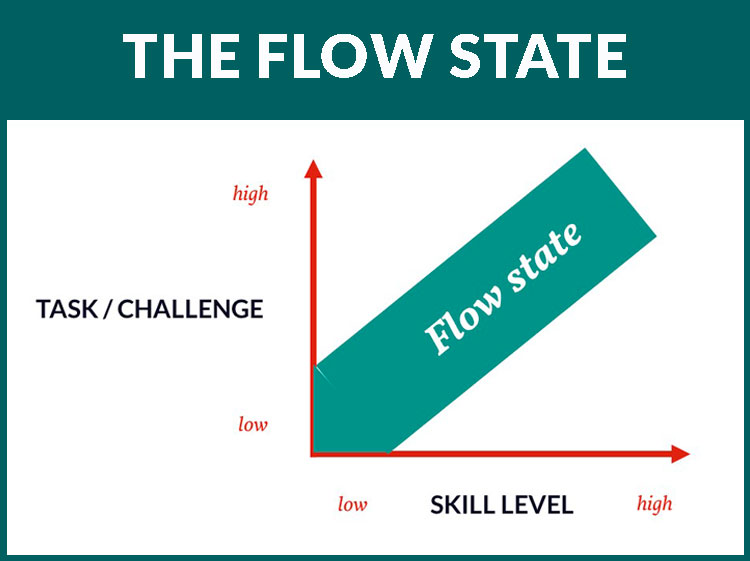
Boost mindfulness on the mat …
Throughout your practice today, ask yourself:
- What mood is present during each posture?
- Am I going with the flow or fighting it?
- Is my focus narrow or broad in the moment?
- In what ways can I let go of expectations and be more present?
THEME 4: TELL A NEW STORY ABOUT YOURSELF
As mentioned above, the stories you can tell about yourself and the world may or may not be true. In the Bhagavad Gita, Arjuna–the finest of warriors–is caught up in an epic battle between the forces of good and evil. One of the first lessons he receives from his divine charioteer, Krishna, is this:
The material world you perceive with your senses is an illusion (although a convincing one). Instead, your ultimate essence is pure spirit. You’re a timeless being whose foundation is love and light.
Yoga teaches you to tap into this eternal energy. It teaches you to restore unity with your Highest Self.
Reclaim this power on the mat today …
When you remember your true nature, the false stories you made up wash away. As you focus in the moment, you have no energy to regret the past or worry about the future. Instead, you reclaim the truth that you are divine being worthy of giving and receiving love. Do this through simple acts such as:
- Focus your attention on the space around the heart. The heart receives information from your environment and sends those signals to your brain for interpretation. The heart is also the way in which you connect with the spiritual aspect of yourself. Honor both the tangible and ethereal by focusing on the heart space as you move on your mat.
- Incorporate back-bending into your sequence intentionally. This wheel pose sequence can get you started.
- Flip the script. When you hear a negative storyline cross your mind, notice it. Then, rewrite that sentence in your head. Instead of thinking, “I’m not good at this pose,” tell yourself that “you’ve got amazing strength and resilience to start fresh in this moment.”
THEME 5: LIGHTEN UP
Building strength is often accompanied with an attitude of force. People think they need to try harder or push more to get the results they seek. Yet yoga teaches you to focus on the balance of steadiness and ease; sthira and sukha.
This means you give your best in each pose without compromising the quality of your breath. You challenge yourself, but not to the point of strain or injury. It means you lighten up a bit as you build the strength you seek.
This is where resilience comes into play as well. If you take yoga too seriously, you can interpret your abilities as weakness or failure (and ultimately use them as excuses not to try again).
For example, I’m kinesthetic and competitive by nature. This is probably why I love teaching yoga to athletes! Yet, my years on the soccer field with minimal stretching created severe imbalances in my hips. Instead of berating myself for sitting in sukhasana instead of lotus, I appreciate my body. And I keep showing up to do the the work with a light-hearted attitude to keep the practice fun (whether I ever reach padmasana or not in this lifetime).
Lighten up on the yoga mat …
Smile more frequently throughout class. When you smile, a cascade of chemicals are released from your heart and brain to boost your mood. This offsets unwanted stress and boosts your immune system. Plus, it helps you lighten up and allow a sense of grace to infuse your movement.
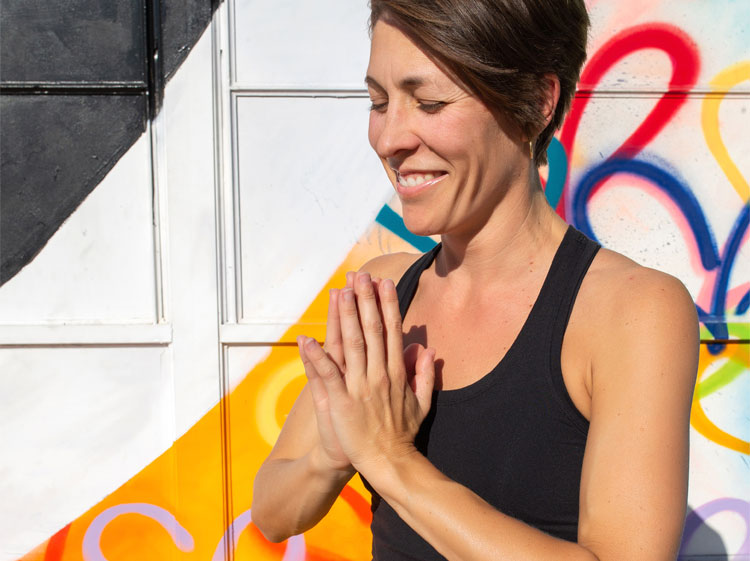
Photo Credit: Diane Nicole Photography
PUTTING IT TOGETHER
You are a spiritual being having a human experience. Yoga reminds you of your infinite nature. It also connects you to your heart, boosts your awareness in the present moment, and increases your capacity to live on purpose. These yoga class themes are just another way to infuse your practice with the strength and resilience available to you right now. So enjoy them yourself on the yoga mat and share them with your students! We’re in this together … and a rising tide of positive energy lifts all boats!
Take Action Now:
- Extend your learning by following any one of the links in the post (and add more details to your class themes for strength and resilience)
- Check out our yoga sequences on YouTube and see where you can implement the ideas above as a student first.
- Start a home meditation practice with the 3H Project (and learn to live powerfully from the heart)


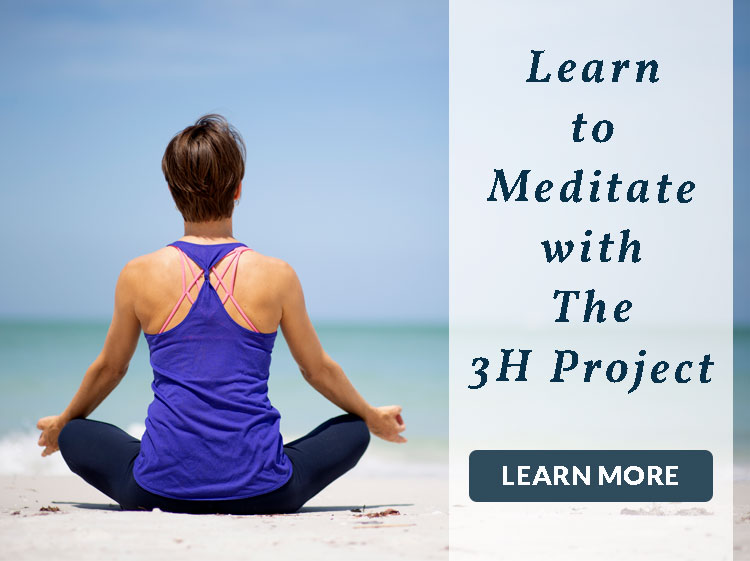
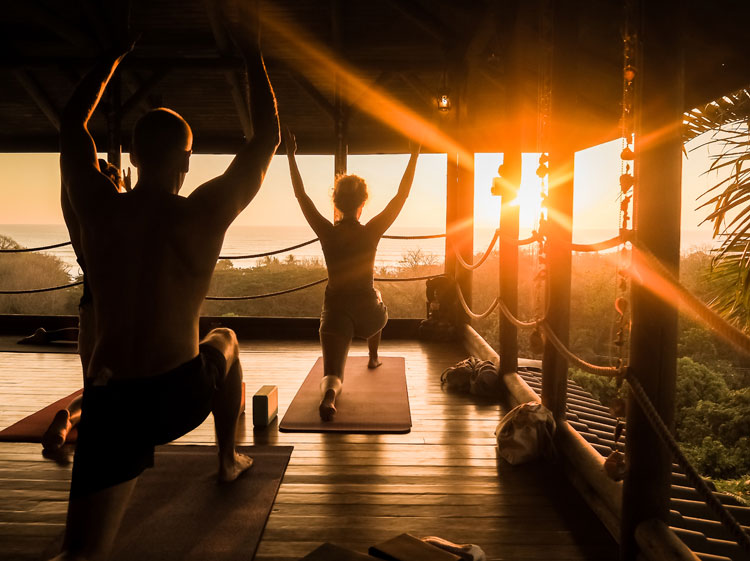
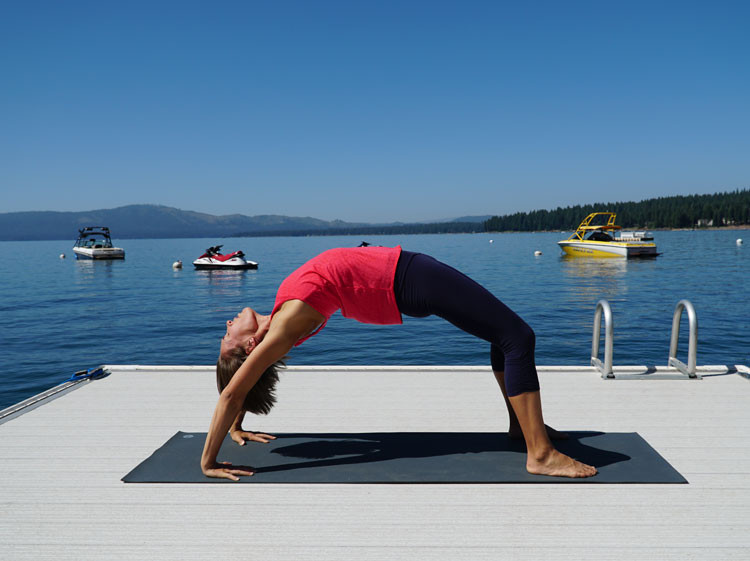
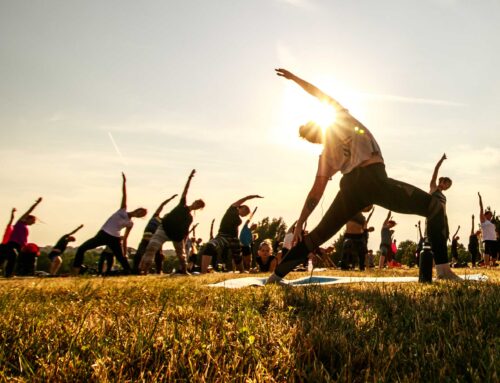
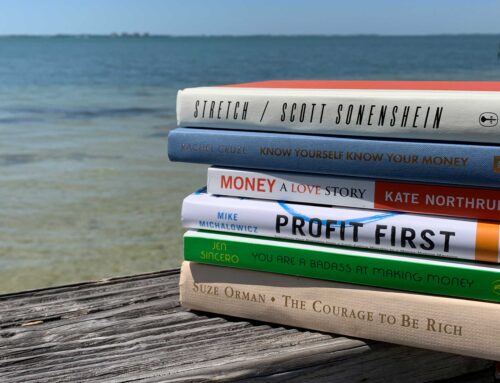
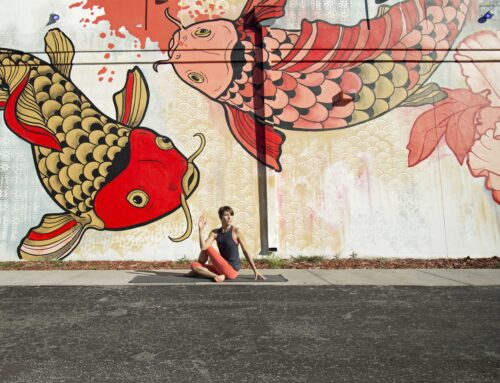
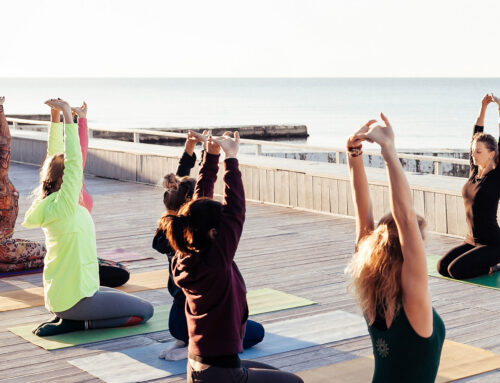


These are fantastic! thank you!